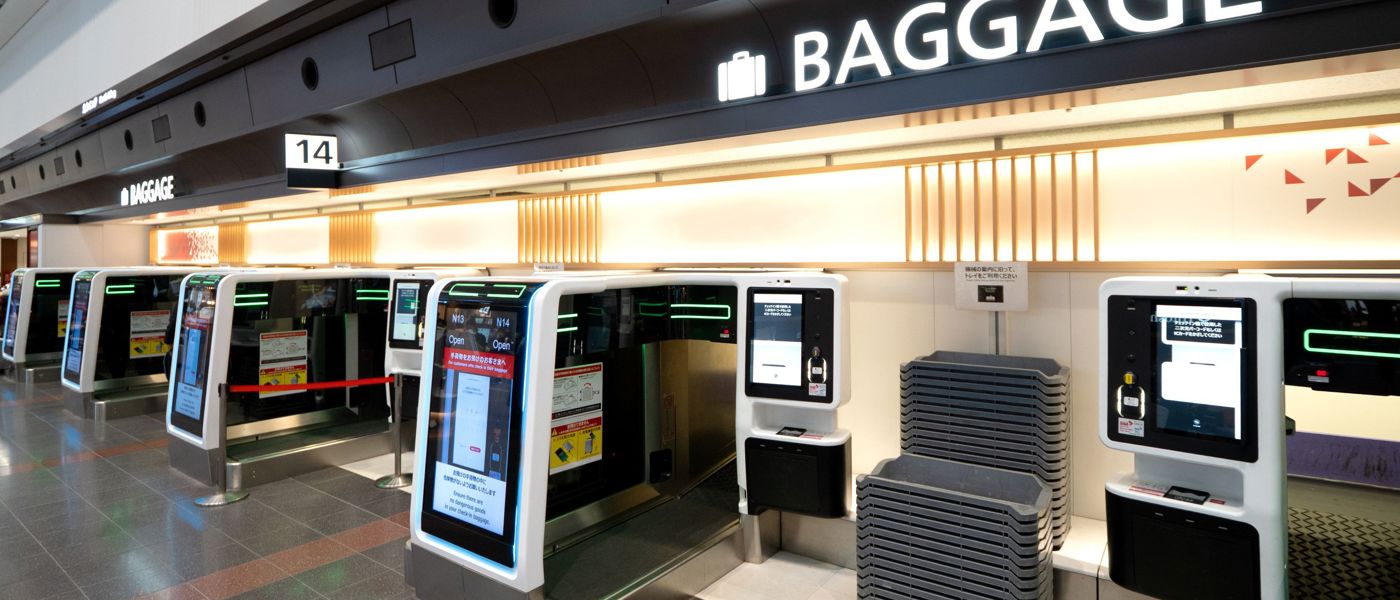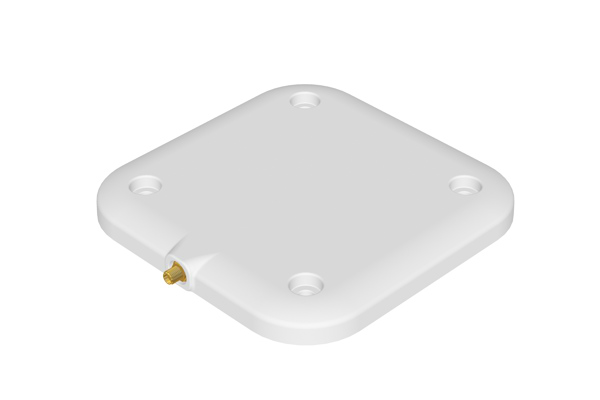High-Speed, High-Volume Reads:
Baggage and cargo move quickly through automated handling systems. Antennas must support rapid tag reading with minimal latency. For fast-moving tags, consider the antenna coverage and signal strength (beam width and gain) to get a strong read in the limited time.
Durability in Industrial Environments:
Airports expose antennas to dust, vibration, and frequent handling. Select models with rugged, sealed housings (IP65 or higher) capable of withstanding impact, vibration, and outdoor exposure.
Coverage Over Wide Areas:
Conveyor belts, baggage drops, and sorting zones require antennas with wide beam coverage or multi-antenna arrays to minimise blind spots and ensure complete tag capture.
Mounting Flexibility:
Deployment areas include ceiling grids, sidewalls, portals, and gantries. Antennas should be low-profile with versatile mounting options to support non-disruptive installation within automated systems or restricted spaces.
Read Accuracy & Zone Control:
Precision is key to ensuring that baggage is sorted correctly and matched to the right flight. Choose antennas that deliver defined, interference-free read zones, particularly at decision points and sortation areas.












